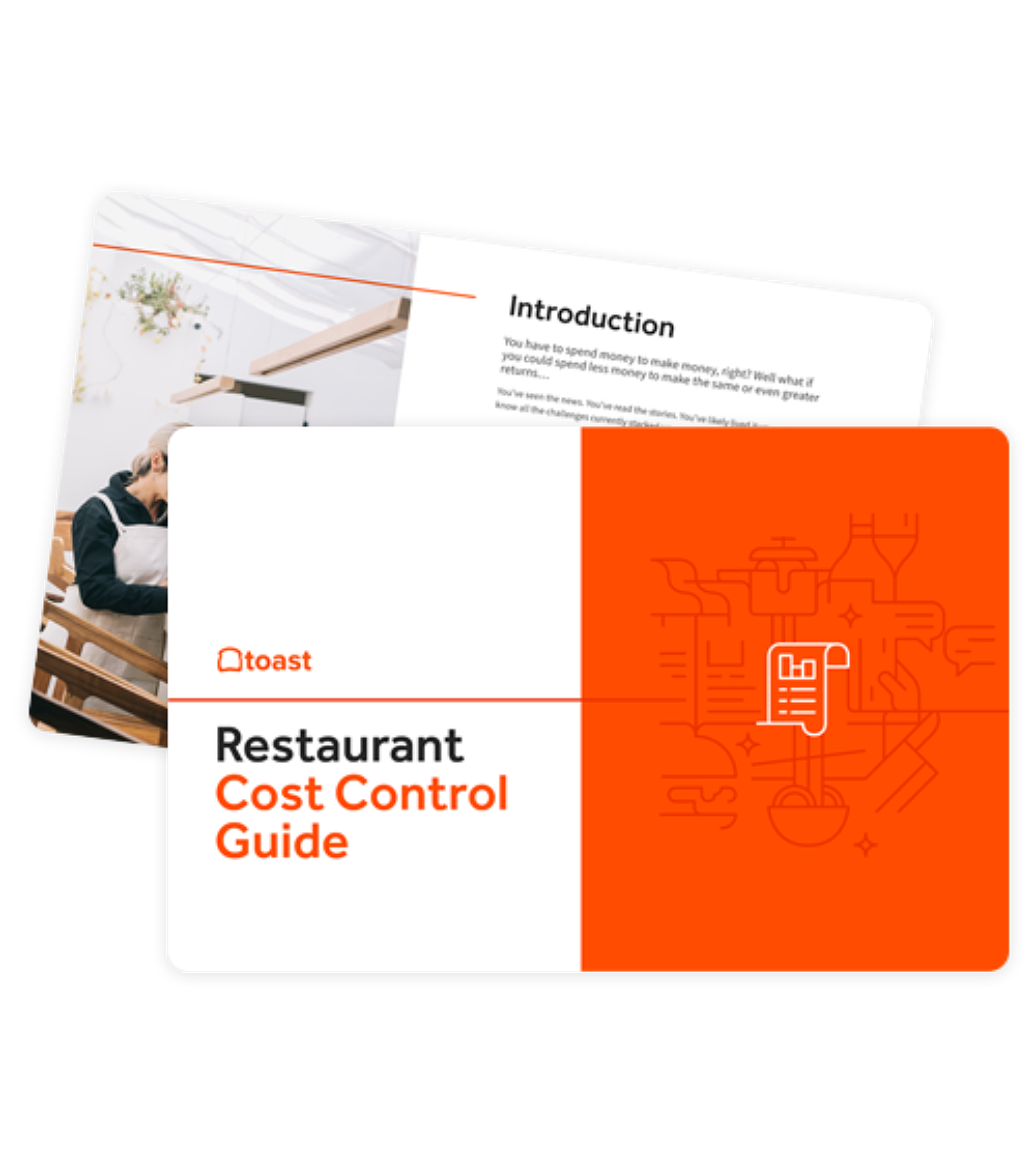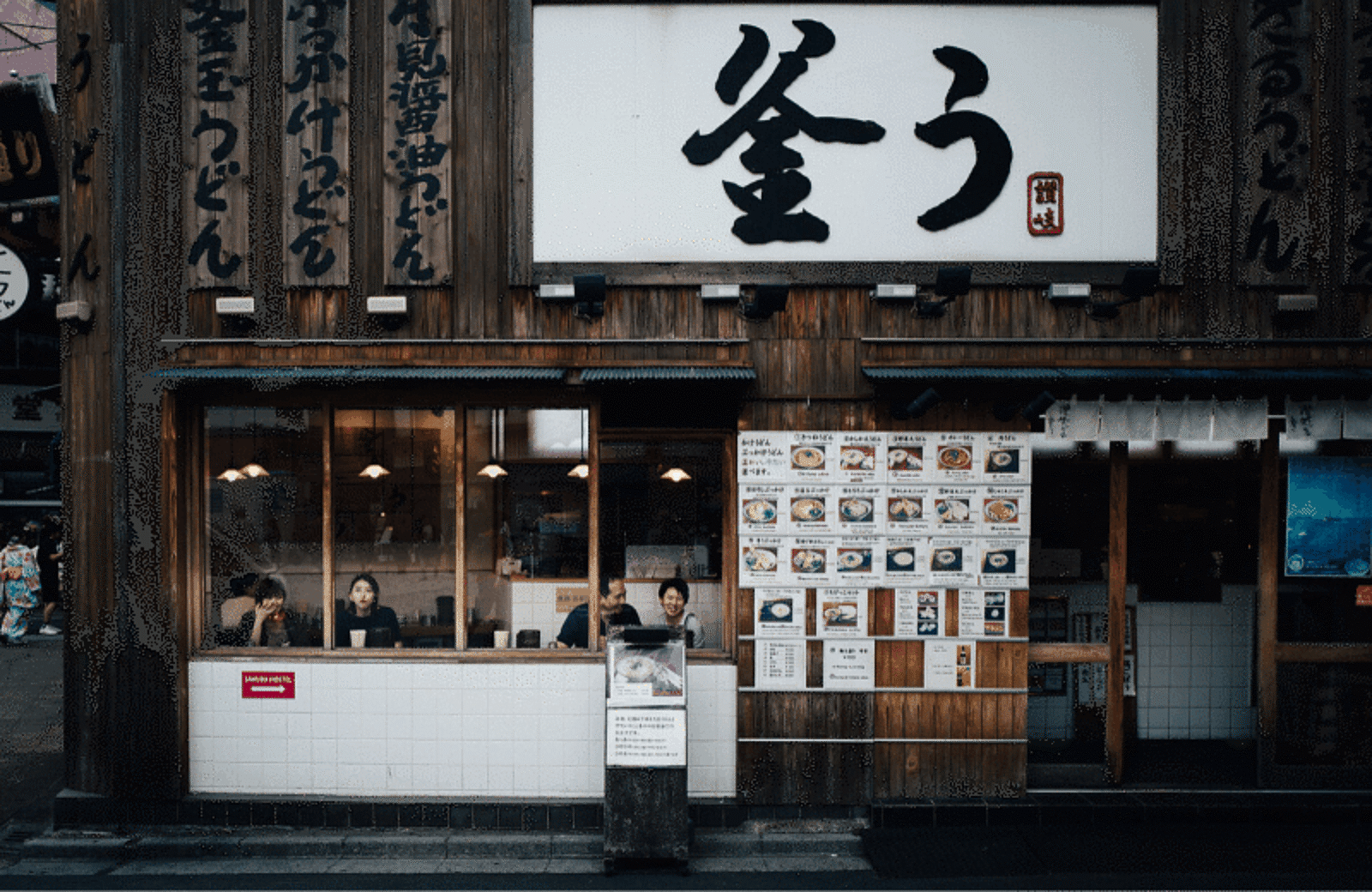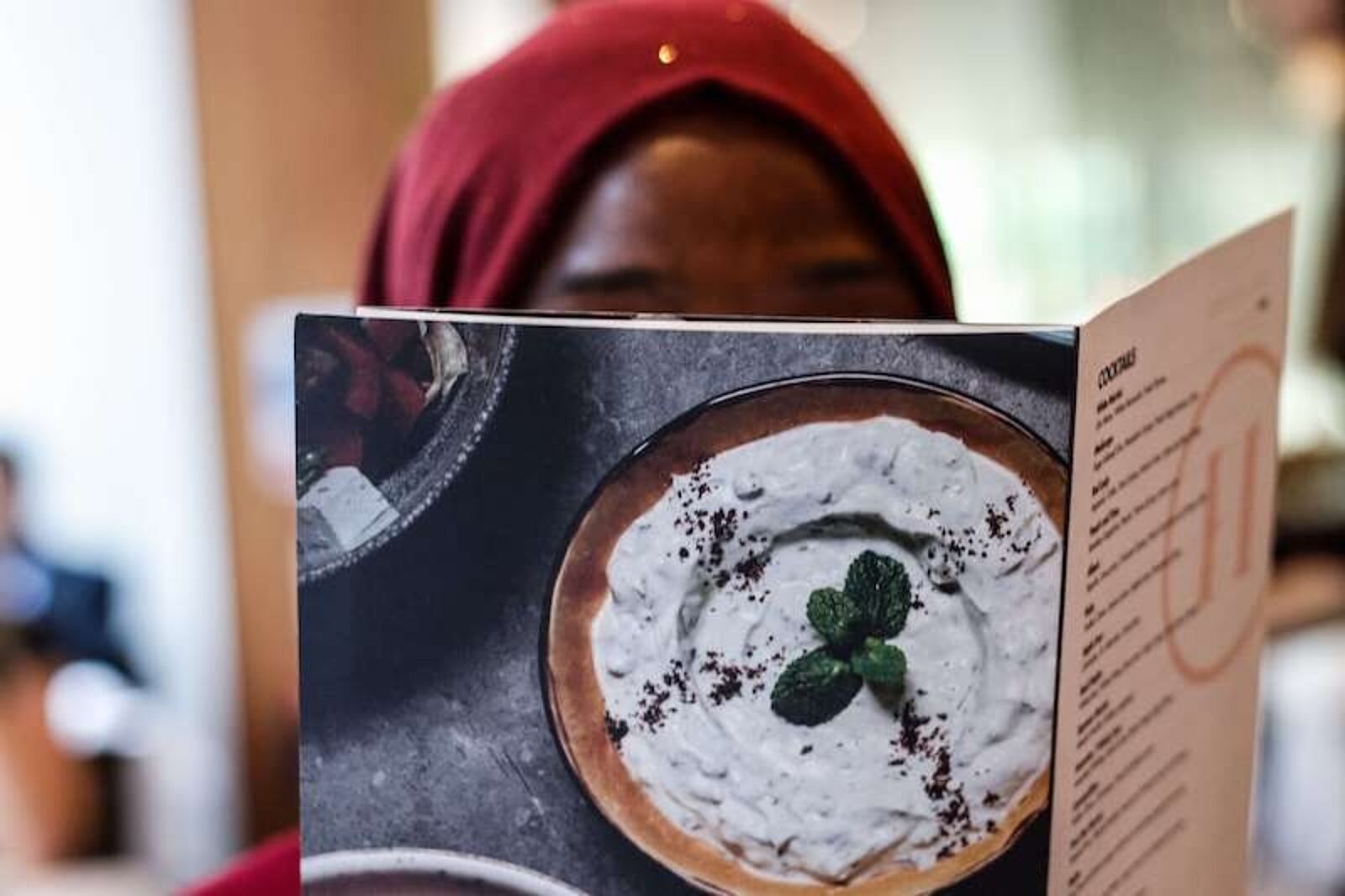
How to Make a Coffee Shop Menu Pricing Strategy (2024)
Coffee shop menus need a tailored pricing strategy to help track and improve the profitability of every menu item, helping coffee shop owners grow the bottom line.

Katherine BoyarskyAuthor


Restaurant Cost Control Guide
Use this guide to learn more about your restaurant costs, how to track them, and steps you can take to help maximize your profitability.
Get free downloadCoffee shop owners thrive on early mornings, freshly ground coffee beans, and community connection. They get to train and work with baristas, connect with customers, and liaise with coffee roasters in their area and around the world to source the very best beans.
And building a coffee shop menu is an exciting (and delicious) part of the process of creating a business plan. Business owners typically build coffee shop menus with a few primary considerations in mind:
What kind of coffees do my target customers like to drink? A plain cup of coffee, or an espresso, or a vanilla oat milk latte?
What kind of menu items are my baristas able to make quickly and efficiently during the morning rush?
What kind of beverages and snacks can help cover all my operational costs?
Once they’ve figured out the answers to these questions, it’s time to determine the menu prices, keeping in mind that coffee shops are largely kept running by regulars, so it’s important that prices not be so high that customers can’t afford to keep coming back. However, a coffee shop business’s operational expenses must also be accounted for in the price of every drink, pastry, and sandwich.
We’ll show you how various coffee shop pricing strategies can help you achieve your business goals and keep slingling coffees for years to come.
Menu Engineering Course
Take this course to make the most of your menu. Learn about menu psychology and design, managing your menu online, and adapting your menu to increase sales.

Coffee Shop Menu Pricing
Coffee has some of the biggest markup in the hospitality industry, with a markup of 80% or higher for every drink. Coffee beans generally have quite a low upfront cost, and customers are very willing to pay a lot for the convenience of having coffee made for them — some on a daily basis.
And within your menu, some items will have higher margins than others. A black cup of brewed coffee will have a very high margin, since the only ingredient costs are coffee beans, water, and a little brew time. A specialty coffee drink like a hazelnut latte made with oat milk and housemade syrup will likely have a lower profit margin, as the cost of ingredients will be much higher. However, the latter can be priced much higher than the former, so the range in profit margins shouldn’t be that vast.
Setting prices correctly is vital to protecting and growing your coffee shop’s bottom line, and coffee pricing can range significantly depending on the type of coffee shop you run. Third wave coffee shops have a much higher price point than diner-style coffee shops, so consider what kind of items you want to sell and ensure that your clientele is willing to pay for them.
What is a coffee shop pricing strategy?
Coffee shop pricing strategies are various approaches to choosing the prices for every drink, snack, and merch item that you sell. Approaching this process mindfully (and with data and target KPIs in hand) can set your business up for success from the very beginning.
What is a coffee shop pricing strategy?
Coffee shop pricing strategies are various approaches to choosing the prices for every drink, snack, and merch item that you sell. Approaching this process mindfully (and with data and target KPIs in hand) can set your business up for success from the very beginning.
What pricing strategy do coffee shops use?
Coffee shops can take a variety of approaches when deciding how much to charge for each drink and food item they sell. We’ll get into a few of the most popular pricing strategies for coffee shops.
In order to calculate the right price for every menu item, you’ll need to dive into the data from your coffee shop POS and your inventory solution, which can make quick work of calculations like food cost percentage and profit margin.
Food Cost Percentage Pricing for Coffee Shops
Ideal beverage and food costs for cafes are typically 15-25% per item, depending on the ingredients. So, food cost percentage pricing involves using this important metric to guide pricing decisions. How much will you need to charge per item to reach the target food (or beverage) cost percentage your business is aiming for? Play around with different prices in the formula below for each item.
How do you calculate food cost percentage?
The formula for food (or beverage) cost percentage per menu item is as follows, and will come in handy for several of the pricing strategies outlined here.
Food (or beverage) cost percentage = Total cost per dish or drink / Total sales per dish or drink
What about Cost-Plus Pricing?
Cost-Plus Pricing is a good starting point for determining a baseline price point for every item offered at your coffee shop, because all you have to do is choose a percentage markup to add to the food and beverage cost of every item. But the major drawback here is that instead of working backwards from a target profit margin or food cost percentage, you’re starting with the costs and just adding on a predetermined percentage — it’s not a very metric-focused approach. It also doesn’t take into account what other places are charging for the same items you sell, which gives up some opportunities to bring in greater profit.
Factor Pricing for Coffee Shops (aka Markup Pricing)
Factor pricing involves figuring out how much more your customers are willing to pay for the convenience of you preparing their food for them, compared to how much the ingredients would cost on their own. This convenience is referred to as the “factor of production” in economics.
Here’s how factor pricing works:
Decide on the beverage or food cost you want to achieve with each item — we’ll use 18%.
Use this formula to find the price factor needed to reach your ideal food or beverage cost.
100 / [ideal pour cost] = [pricing factor]
In this example, it’d be 100 / 18 = 5.55
Then, get your ideal price by multiplying the cost of the drink or treat’s ingredients by 5.55.
5.55 pricing factor x $0.80 ingredients cost = $4.44 ideal price
There’s also a shortcut you can use to get factor pricing calculated. Divide the cost of the ingredients by the target ideal beverage or food cost to get the ideal price you should be charging.
$0.80 drink ingredients cost / 0.18 (18% pour cost written as a decimal) = $4.44 price.
Gross Profit Margin Pricing
Gross Profit Margin Pricing uses, as you might guess, gross profit margin as the central metric. Determine the ingredient cost of each beverage and treat that you offer, and experiment with various prices to find out what price you’d need to charge to reach the profit margin you’re aiming for.
As mentioned above, ideal beverage and food costs for cafes tend to hover around 15-25%, leaving between 75% and 85% gross profits per drink, which is a healthy range to aim for each item.
What is a good profit margin for a coffee shop?
Overall, independent coffee shop businesses average a net profit margin of just 2.5% — meaning that after food cost, overhead, operational expenses, utilities, and labor cost, there’s about 2.5% of sales left over. Chains tend to bring in higher profits because they have the backing of major corporations and massive brand awareness and reach.
Dynamic Pricing
Dynamic pricing involves changing the price of your coffee shop items during different times, usually in line with demand. For example, a cafe might charge full price for their whole menu during the morning rush, but implement a coffee shop happy hour from 4-6pm when demand is lower to encourage more people to opt for an end-of-day pick-me-up.
Portion Pricing
Almost every coffee shop already does portion pricing: offering several sizes of the same beverage for different prices. When you offer various sizes, it encourages customers to opt for a bigger coffee drink if they’re feeling particularly sleepy, or to treat themselves to a larger cookie if they’re feeling celebratory or particularly hungry.
When pricing your various beverage sizes, calculate the profit margin on each drink and make sure they’re all staying within your target range.
Combo Pricing
Another popular approach, combo pricing involves bundling menu items that go great together in order to encourage customers to increase the size of their order. If a customer who typically only orders a $4.50 latte sees a special where a cookie (that’s normally $2.50) is combined with a latte for a total of $6.50, they might opt to treat themselves to a cookie on a more regular basis.
What are the advantages of using a coffee shop pricing strategy?
Instead of just assigning prices by guessing and hoping that your costs are covered and your menu is profitable, taking a strategic approach allows you to understand why your menu is working — or what needs to change if it isn’t.
Taking a data-driven approach and using a coffee shop pricing strategy also helps business owners reach their quarterly or yearly goals, like:
Reaching a healthier overall profit margin.
Increasing staff pay.
Investing in a new espresso maker.
Offering health insurance to workers.
Renovating the space.
Factors to consider when setting food prices
Your target audience
Your customer base should guide a lot of the decisions you make as a business. That’s why identifying your target market is such an important part of developing and sticking to a coffee shop business plan. Whether your community is made up of office workers who are happy to pay premium pricing for coffee that’s better than what they can get at major chains, or you’re trying to reach new customers in a younger crowd with appealingly low prices, the demographics of your customer base should be at the forefront of your pricing strategy.
The market
Who else does what you do in your area? Look into the competitive landscape and find out who else is in your specific coffee shop niche, so you can determine what would be considered competitive pricing — and what would bring their potential customers to your shop instead. If your competitor is offering a similar item for a higher price than your coffee shop, your low price alternative could attract new business.
Other menu items
Be sure that the pricing tiers of your menu make sense: You’ll, of course, want to price blended beverages higher than a simple espresso, and you may also want to charge for substituting cow’s milk for almond or oat, given that they’re so much more expensive. You might also want to price brews made from various coffee beans differently, depending on how expensive the beans were in the first place. Always compare the prices of your menu items against each other.
The right coffee shop prices let you keep your customers caffeinated
Once you’ve set up your coffee shop menu prices, keep an eye on the main KPIs of your business and continue to tweak the menu (and its prices) as needed. Your POS and inventory solution can help show how popular and profitable various menu items are, which can be a big time saver when doing menu engineering, which is a great way to increase profitability of your coffee shop business overall.
Don’t leave your menu prices (and your business’s success) to chance. Choose the pricing strategy that’s right for your business, and keep your customers coming back day after day.
- Related Restaurant Resources
Coffee Shop Menu Templates
Use these coffee shop menu templates as a starting point for your menu design or to give your menu a refresh.

Is this article helpful?
DISCLAIMER: This information is provided for general informational purposes only, and publication does not constitute an endorsement. Toast does not warrant the accuracy or completeness of any information, text, graphics, links, or other items contained within this content. Toast does not guarantee you will achieve any specific results if you follow any advice herein. It may be advisable for you to consult with a professional such as a lawyer, accountant, or business advisor for advice specific to your situation.
Read More
Subscribe to On the Line
Sign up to get industry intel, advice, tools, and honest takes from real people tackling their restaurants’ greatest challenges.



